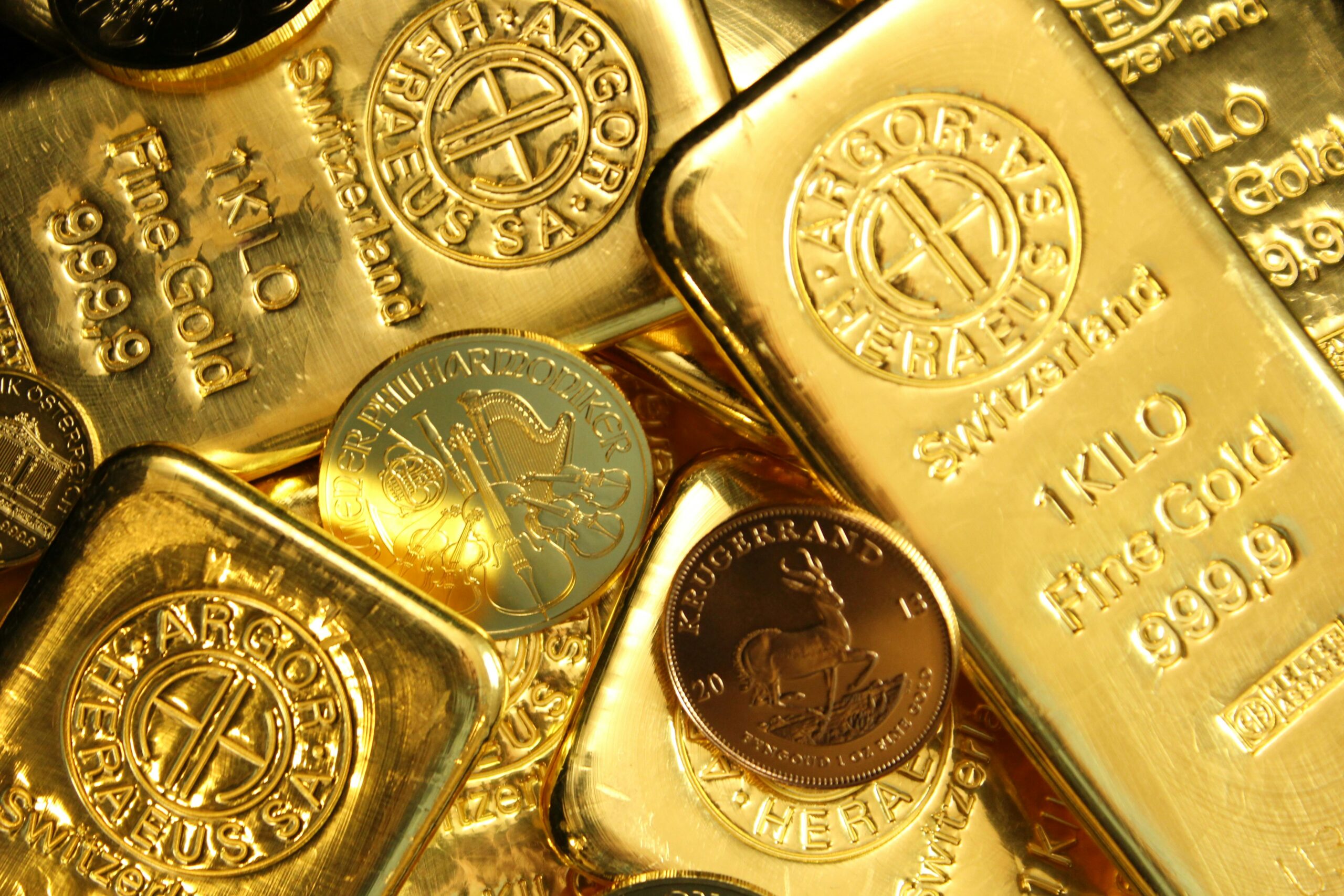
1. Introduction to Gold as a Commodity
Gold is one of the oldest and most widely traded commodities in the world. Unlike fiat currencies, gold maintains intrinsic value due to its:
-
Scarcity (finite supply)
-
Durability (does not corrode)
-
Universal acceptance (recognized globally as a store of value)
It is classified as a precious metal commodity, alongside silver, platinum, and palladium, and is traded on major exchanges like the COMEX (CME Group) and London Bullion Market (LBMA).
2. How Gold is Traded as a Commodity
Gold can be traded in multiple forms:
A. Physical Gold
-
Bullion Bars (1 oz to 400 oz, LBMA-approved)
-
Coins (American Eagle, Canadian Maple Leaf, South African Krugerrand)
-
Jewelry & Industrial Use (electronics, dentistry)
B. Paper Gold (Financial Instruments)
-
Gold Futures & Options (Traded on COMEX)
-
Gold ETFs (e.g., SPDR Gold Shares – GLD, iShares Gold Trust – IAU)
-
Gold CFDs (Contracts for Difference) (For leveraged trading)
-
Gold Mining Stocks (e.g., Newmont, Barrick Gold)
C. Digital Gold
-
Gold-Backed Cryptocurrencies (e.g., PAX Gold – PAXG)
-
Tokenized Gold (Blockchain-based ownership)
3. Why Gold is a Unique Commodity
| Feature | Gold | Other Commodities (Oil, Wheat) |
|---|---|---|
| Store of Value | ✅ Yes (Wealth preservation) | ❌ No (Perishable/Depleting) |
| Industrial Use | ✅ Limited (Electronics, Jewelry) | ✅ High (Energy, Food) |
| Safe-Haven Demand | ✅ Rises in crises | ❌ Falls in recessions |
| Central Bank Reserves | ✅ Held by governments worldwide | ❌ Not held as reserves |
4. Key Factors Affecting Gold Prices
Gold prices fluctuate based on:
-
Inflation & Currency Devaluation (Gold rises when fiat money weakens)
-
Interest Rates (Low rates = higher gold demand)
-
Geopolitical Tensions (War, sanctions boost safe-haven demand)
-
Central Bank Buying/Selling (Large purchases drive prices up)
-
Mining Supply (Production costs, new discoveries)
-
ETF & Speculative Demand (Investor sentiment)
*(Example: Gold surged to $2,075/oz in 2023 due to banking crises and inflation.)*
5. Gold vs. Other Asset Classes
| Asset | Pros | Cons |
|---|---|---|
| Gold | Inflation hedge, safe haven | No yield, storage costs |
| Stocks | High growth potential | Volatile, market risk |
| Bonds | Fixed income | Low returns in high inflation |
| Bitcoin | Digital scarcity | Extreme volatility |
Best For:
✅ Portfolio diversification (5-15% allocation recommended)
✅ Long-term wealth preservation
6. How to Invest in Gold
A. For Short-Term Traders
-
Gold Futures & Options (High leverage, short-term bets)
-
Gold CFDs (Speculate on price without owning physical gold)
B. For Long-Term Investors
-
Physical Gold (Bars/Coins) (+ secure storage)
-
Gold ETFs (GLD, IAU) (Low-cost, liquid exposure)
-
Gold Mining Stocks (Leveraged to gold prices)
C. For Tech-Savvy Investors
-
Gold-Backed Crypto (PAXG, Digix) (Blockchain transparency)
7. Risks of Trading Gold
-
Price Volatility (Affected by Fed policy, USD strength)
-
Storage Costs (If holding physical gold)
-
Liquidity Risks (For obscure gold products)
-
Regulatory Changes (Taxes on gold holdings in some countries)
8. The Future of Gold as a Commodity
-
Central Bank Demand (Record purchases in 2023-2024)
-
Digital Gold Growth (Tokenization increasing accessibility)
-
Inflation Hedge (If fiat currencies weaken further)
Prediction: Gold may reach $2,500-$3,000/oz in the next 5 years due to macroeconomic instability.
9. Conclusion: Is Gold a Good Commodity Investment?
✅ Yes, if:
-
You want a safe-haven asset
-
You need portfolio diversification
-
You’re hedging against inflation or economic crises
❌ No, if:
-
You seek high short-term returns (like crypto/stocks)
-
You can’t handle price fluctuations
Final Tip: Allocate 5-15% of your portfolio to gold for balanced risk management.
